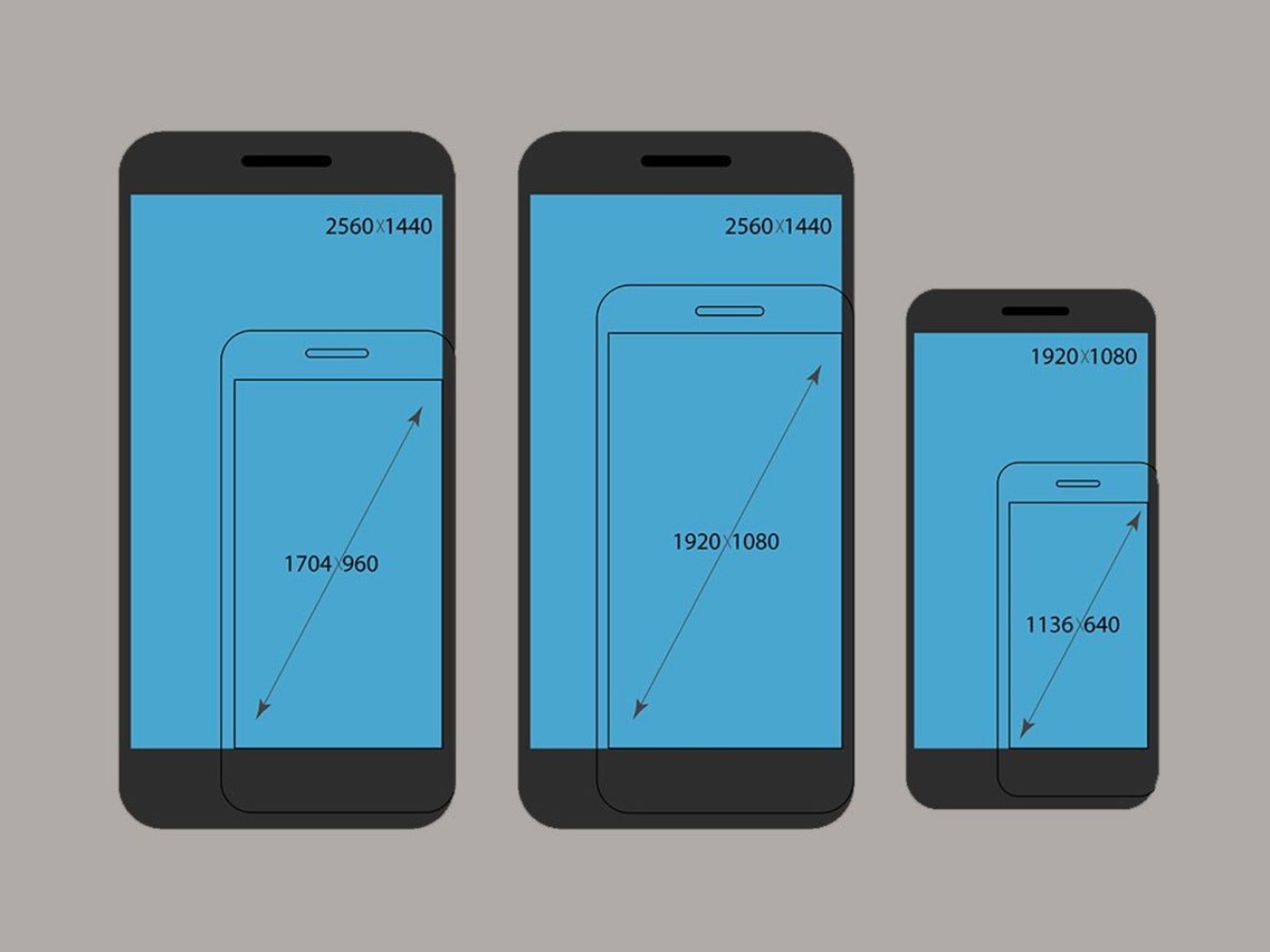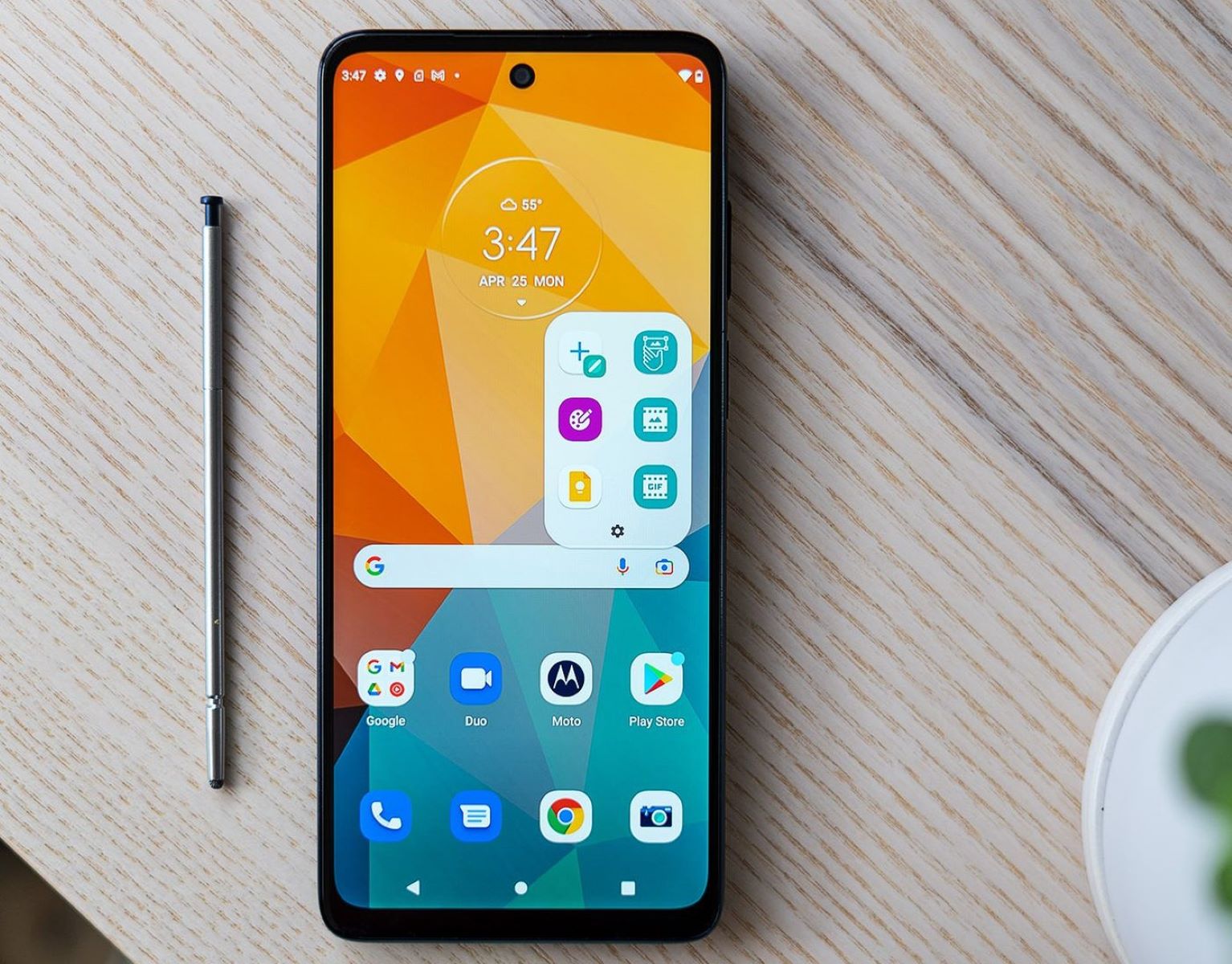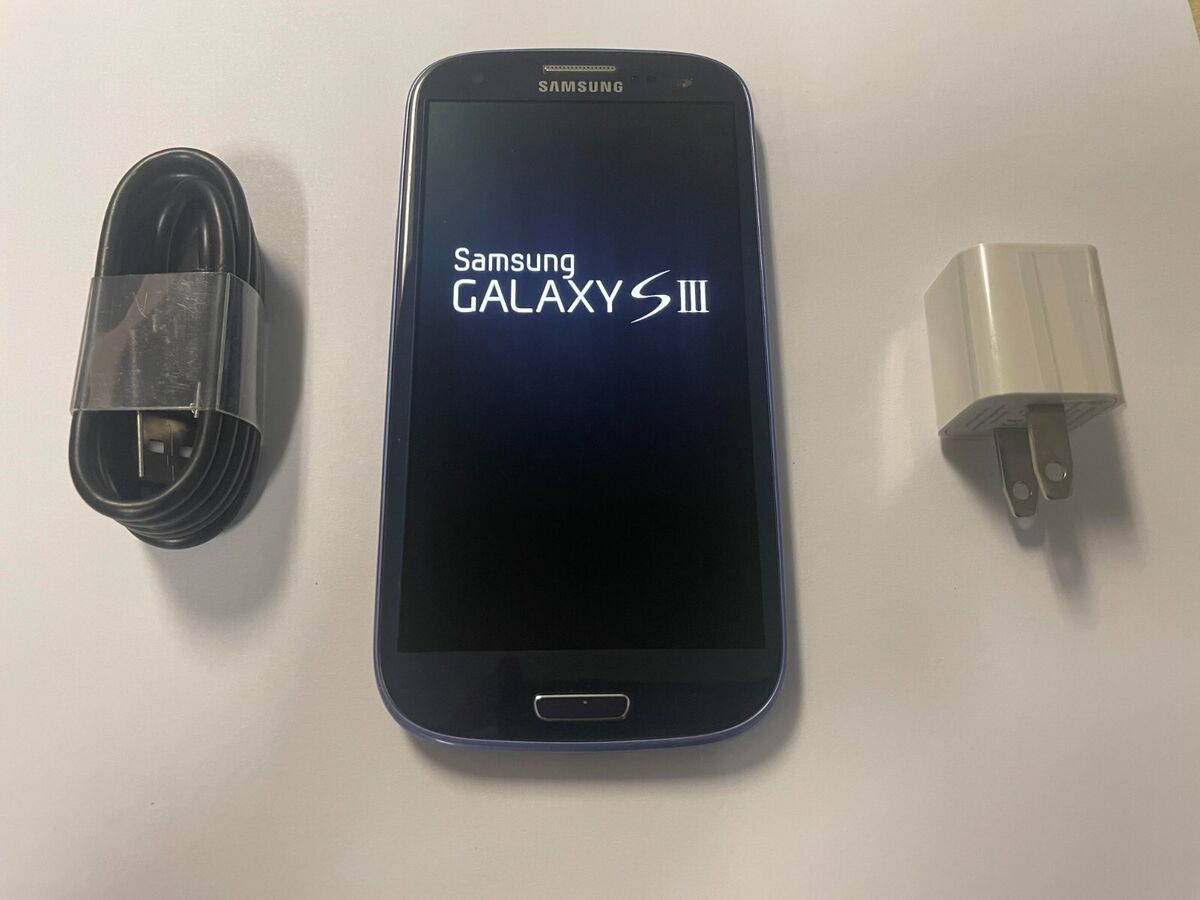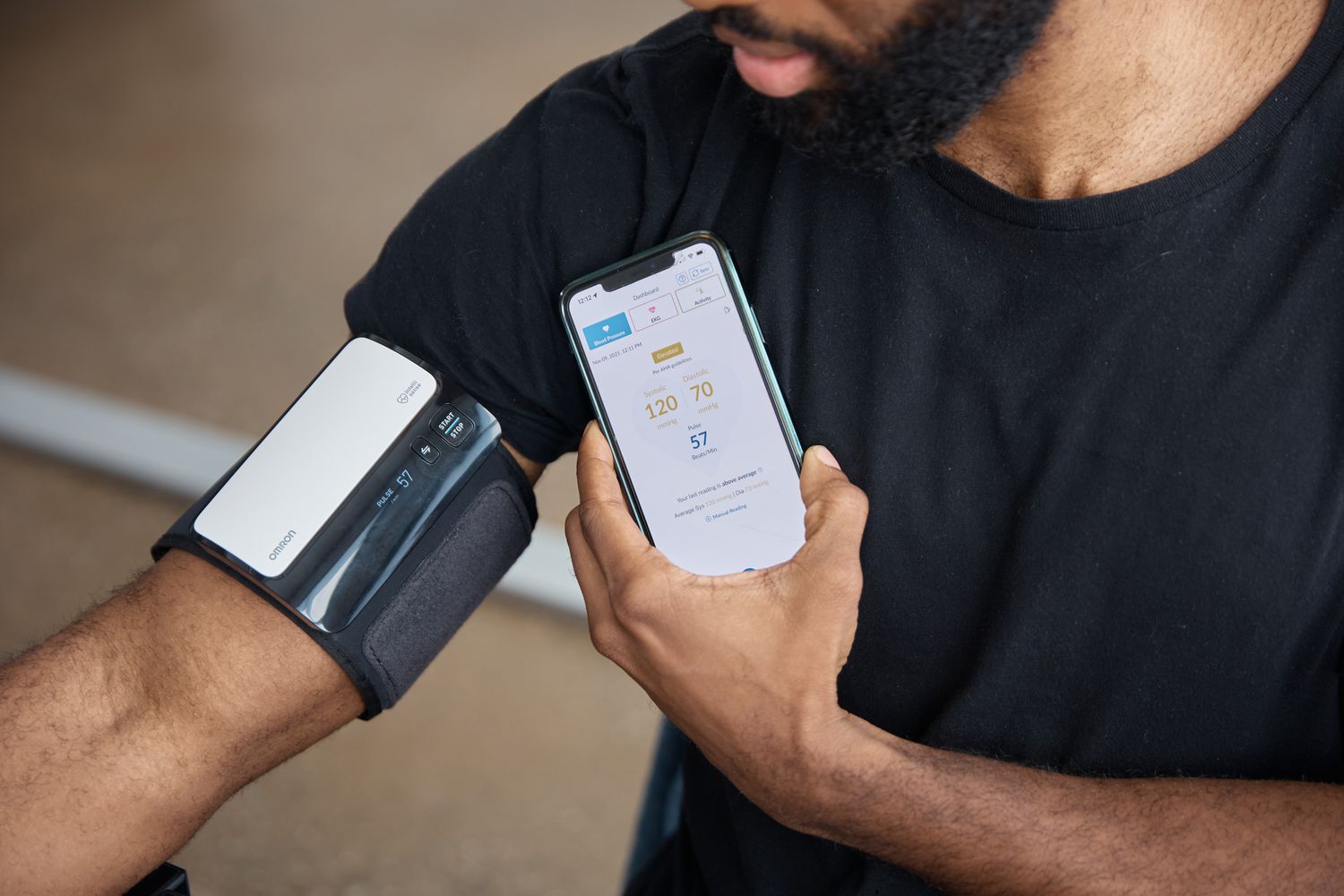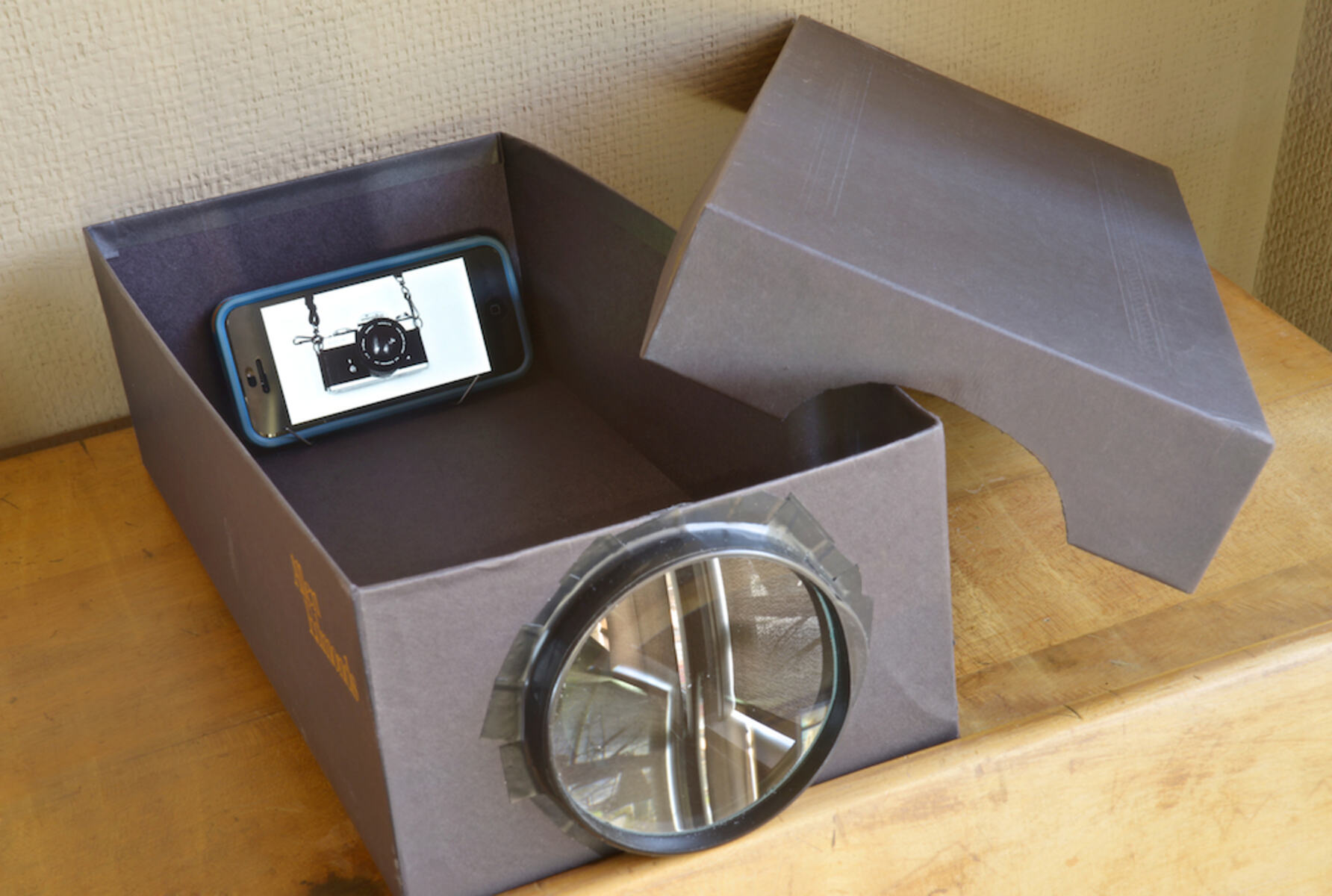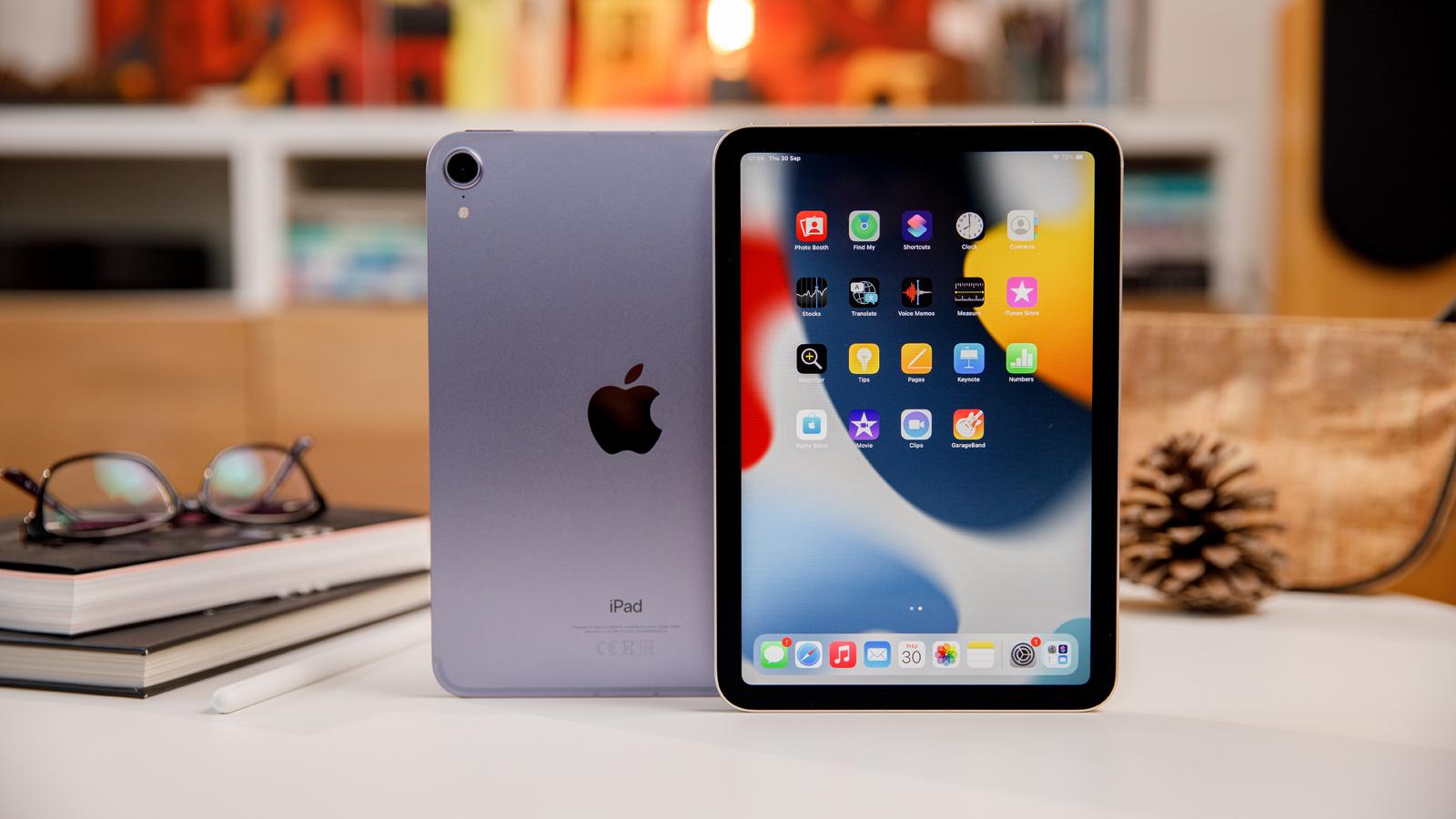Introduction
Smartphones have become an essential part of our lives, serving as our personal assistants, communication tools, and entertainment devices. While there are many features to consider when choosing a smartphone, one element that plays a significant role in user experience is the screen size.
The screen size of a smartphone refers to the diagonal length of the display, typically measured in inches. It determines the visual real estate available for viewing content, whether it’s browsing the web, watching videos, or playing games. A larger screen size offers more immersive visuals and a better multitasking experience, while a smaller screen size provides a more compact and pocket-friendly device.
Understanding how to measure smartphone screen size accurately is crucial, both for personal preference and comparison purposes. In this article, we will explore various methods for measuring smartphone screen size, including using diagonal measurements, width and height measurements, online tools, and built-in device settings. By the end of this article, you will have a comprehensive understanding of how to determine the screen size of any smartphone.
Why is Smartphone Screen Size Important?
The screen size of a smartphone has a significant impact on the overall user experience and usability of the device. Here are several reasons why smartphone screen size is important:
- Visual Experience: A larger screen size provides a more immersive visual experience. Whether you’re watching movies, browsing photos, or playing games, a larger screen allows for more detail and enhanced viewing pleasure. On the other hand, a smaller screen size may be more convenient for one-handed use and easier portability.
- Productivity: For those who use their smartphones for work or productivity purposes, a larger screen size can be beneficial. It allows for easier multitasking, such as viewing documents or spreadsheets while simultaneously messaging or taking notes. With more screen real estate, you can fit more information and applications on the screen, improving efficiency.
- Reading and Web Browsing: When it comes to reading e-books, articles, or browsing the web, a larger screen size provides a better experience. It allows for larger text sizes and reduces the need for excessive scrolling. Plus, websites and applications are often optimized for larger screens, ensuring content is displayed properly.
- Media Consumption: If you enjoy watching videos, streaming content, or playing graphic-intensive games on your smartphone, a larger screen size offers a more cinematic experience. The larger display enhances the details, colors, and overall immersion, making your media consumption more enjoyable.
- Accessibility: For individuals with visual impairments or limited dexterity, a larger screen size can significantly improve accessibility. It allows for easier visibility, larger text sizes, and more straightforward navigation. Screen magnifiers and accessibility features are more effective on devices with larger screens.
Ultimately, the choice of smartphone screen size depends on personal preference and usage patterns. While a larger screen size may offer more immersive visuals and productivity benefits, a smaller screen size provides more portability and ease of use. Consider your needs and preferences to determine the ideal screen size for your smartphone.
Factors to Consider When Measuring Smartphone Screen Size
When measuring smartphone screen size, there are several factors to consider to ensure accurate results. Here are the key factors to keep in mind:
- Display Type: The type of display on a smartphone can impact the accuracy of screen size measurements. Different displays, such as LCD, OLED, or AMOLED, may have varying bezel sizes or rounded corners, which can affect the usable screen area. Take note of any irregularities in the display design to obtain a precise measurement.
- Screen Resolution: Screen resolution refers to the number of pixels present on a smartphone display. Higher resolution displays tend to have more pixels packed into the screen, offering sharper and more detailed visuals. Keep in mind that screen size alone does not determine the clarity of the display; resolution also plays a crucial role.
- Aspect Ratio: The aspect ratio of a smartphone screen is the proportional relationship between its width and height. Common aspect ratios include 16:9, 18:9, and 19.5:9. Different aspect ratios may result in varying screen sizes, even among devices with the same diagonal measurement. Take note of the aspect ratio to accurately compare screen sizes.
- Bezel Size: Bezels are the frames surrounding the smartphone screen. They can affect the overall screen-to-body ratio and the usable screen area. Some smartphones have minimal bezels, maximizing the screen size, while others have larger bezels that reduce the available screen space. Consider the bezel size when measuring the screen size for accurate comparisons.
- Curved or Not: Curved displays have become increasingly popular in recent years. These screens have curved edges that blend seamlessly into the device’s frame, enhancing the visual appeal and potentially affecting the screen size measurement. When measuring curved screens, consider whether to include the curved portion or focus solely on the flat display area.
Taking all these factors into consideration will help you measure smartphone screen size accurately. It is also worth noting that manufacturers often provide official screen size measurements for their devices. These measurements take into account the factors mentioned above and can serve as a reliable reference when comparing smartphone screen sizes.
Measuring Smartphone Screen Size Method 1: Using the Diagonal Measurement
One of the common methods to measure smartphone screen size is by using the diagonal measurement. This method involves measuring the distance from one corner of the screen to the opposite corner in a straight line. Here’s how you can measure smartphone screen size using the diagonal measurement method:
- Ensure that the smartphone is turned off. This will make it easier to get an accurate measurement without any interference from on-screen content.
- Take a ruler or measuring tape and place it on one corner of the smartphone’s display.
- Extend the ruler or measuring tape diagonally across the screen to the opposite corner. Make sure the ruler is straight and aligned with the edge of the display.
- Note the measured length in inches or centimeters.
- This measurement represents the diagonal screen size of the smartphone.
Keep in mind that when using the diagonal measurement method, it’s important to only measure the actual screen area, excluding the bezels or any curved edges. The measurement should be taken from corner to corner of the display without considering any additional features outside of the screen itself.
Measuring the screen size using the diagonal method provides a simple and effective way to compare different smartphones. However, it’s important to remember that other factors, such as aspect ratio and bezel size, can also affect the usable screen area and overall visual experience.
Measuring Smartphone Screen Size Method 2: Using the Width and Height Measurements
Another method to measure smartphone screen size is by using the width and height measurements of the display. This method provides a more detailed measurement by considering the actual dimensions of the screen rather than just the diagonal length. Here’s how you can measure smartphone screen size using the width and height measurements method:
- Turn off the smartphone to eliminate any distractions and ensure accurate measurement.
- Take a ruler or measuring tape and place it on one edge of the smartphone’s display.
- Measure the width of the screen by extending the ruler horizontally from one end of the display to the opposite end. Note down the measured width in inches or centimeters.
- Next, measure the height of the screen by extending the ruler vertically from the top edge to the bottom edge of the display. Note down the measured height in inches or centimeters.
- The width and height measurements represent the dimensions of the smartphone screen.
To calculate the screen size using the width and height measurements, you can use the following formula: screen size = square root of (width^2 + height^2). This will give you the diagonal measurement of the screen size.
By measuring the width and height of the display, you can get a more accurate representation of the screen size, taking into account the dimensions of the actual usable screen area. However, it’s important to remember that this method may not consider the rounded corners or curved edges of the display, so be mindful of these factors when making comparisons.
Measuring Smartphone Screen Size Method 3: Using Online Tools
If you prefer a quick and hassle-free method to measure smartphone screen size, you can utilize various online tools available. These tools provide a convenient way to determine the screen size of a smartphone without the need for manual measurements. Here’s how you can measure smartphone screen size using online tools:
- Open a web browser on your computer or smartphone.
- Search for “online screen size measurement tool” or similar keywords.
- Select a reliable online tool from the search results. There are several options available, such as device-specific measurement tools or general screen size calculators.
- Follow the instructions provided on the website. Some tools may ask for specific details about the smartphone, such as the model or brand, while others may require you to upload a photo of the device next to a reference object for scale.
- Once you have provided the necessary information or uploaded the image, the online tool will calculate and display the screen size of the smartphone.
- Make sure to use reputable online tools to ensure accurate measurements. Consider reading reviews or seeking recommendations from reliable sources to find trusted measurement tools.
Using online tools to measure smartphone screen size eliminates the need for manual measurements and can provide quick results. However, it’s important to note that the accuracy of online tools may vary, and it is always a good idea to verify the calculated screen size by cross-referencing with other methods if accuracy is crucial.
Whether you choose to measure the screen size manually or use online tools, it’s important to understand the limitations of each method and consider other factors such as aspect ratio and bezel size when comparing screen sizes of different smartphones.
Measuring Smartphone Screen Size Method 4: Using Built-in Device Settings
Many smartphones come with built-in settings that provide information about the device, including the screen size. This method offers a convenient and reliable way to measure the screen size without the need for additional tools or measurements. Here’s how you can measure smartphone screen size using the built-in device settings:
- Open the “Settings” app on your smartphone.
- Navigate to the “Display” or “About Phone” section, which may vary depending on the device’s brand and model.
- Look for the option labeled “Display Size” or “Screen Size.” This option often provides specific details about the screen size of your smartphone.
- Tap on the “Display Size” or “Screen Size” option to access the information.
- The built-in device settings will display the screen size of your smartphone in inches or centimeters.
- Note down the displayed screen size for future reference.
Using the built-in device settings to measure smartphone screen size is a simple and reliable method as it provides accurate information directly from the device manufacturer. This method eliminates the need for manual measurements or external tools, making it accessible to all smartphone users.
However, it’s important to note that the screen size displayed in the built-in settings may not consider factors like rounded corners or curved edges. For a more precise measurement, you may need to refer to other methods discussed in this article.
Tips for Accurate Measurement of Smartphone Screen Size
To ensure accurate measurements when determining smartphone screen size, consider the following tips and techniques:
- Use a flat surface: When measuring the screen size manually, place the smartphone on a flat surface to ensure the ruler or measuring tape is in direct contact with the screen. This helps to eliminate any potential distortion caused by uneven surfaces.
- Take multiple measurements: To minimize errors, take multiple measurements using different methods and compare the results. This helps to ensure consistency and accuracy in determining the screen size of your smartphone.
- Exclude non-display areas: When measuring the screen size manually, focus only on the display area, excluding any bezels or curved edges. This ensures that you are accurately capturing the actual usable screen space.
- Use precise measuring tools: When measuring the screen size manually, use a ruler or measuring tape with clear and accurate markings. Avoid using flexible or stretchable materials that may result in inaccurate measurements.
- Refer to manufacturer specifications: If you want to obtain reliable and official information, refer to the manufacturer’s specifications. Many smartphone manufacturers provide the official screen size measurements for their devices, which can be considered the most accurate and reliable source.
- Consider screen protector or case: If your smartphone has a screen protector or a protective case, it may slightly alter the dimensions of the screen. Remove any additional accessories before taking measurements for precise and accurate results.
By following these tips, you can ensure more accurate measurements when determining the screen size of your smartphone. Remember that screen size alone is not the sole indicator of a device’s display quality, as factors like resolution, aspect ratio, and bezel size also play crucial roles in the overall visual experience.
Conclusion
The screen size of a smartphone plays a significant role in the overall user experience, determining the visual real estate available for content consumption and productivity tasks. Measuring smartphone screen size accurately is essential when comparing devices or making purchasing decisions.
In this article, we explored various methods for measuring smartphone screen size, including the diagonal measurement, width and height measurements, using online tools, and utilizing built-in device settings. Each method has its own advantages and considerations, and it’s important to choose the one that suits your needs and preferences.
When measuring screen size manually, be mindful of factors such as display type, screen resolution, aspect ratio, bezel size, and curved or rounded edges. These factors can affect the usable screen area and overall visual experience.
Online tools provide a convenient option for measuring screen size, but it’s crucial to choose reputable and reliable sources to ensure accurate results.
Lastly, built-in device settings offer a simple and reliable method, providing screen size information directly from the manufacturer. While this method may not consider certain design elements, it is easily accessible to all smartphone users.
Remember, screen size is just one aspect to consider when purchasing a smartphone. Other factors like resolution, pixel density, and screen quality also contribute to the overall display experience.
By understanding how to measure smartphone screen size accurately, you can make informed decisions when choosing a device that suits your preferences and needs. Whether you prefer a larger screen for media consumption or a more compact device for portability, finding the right screen size is crucial for an optimal smartphone experience.







